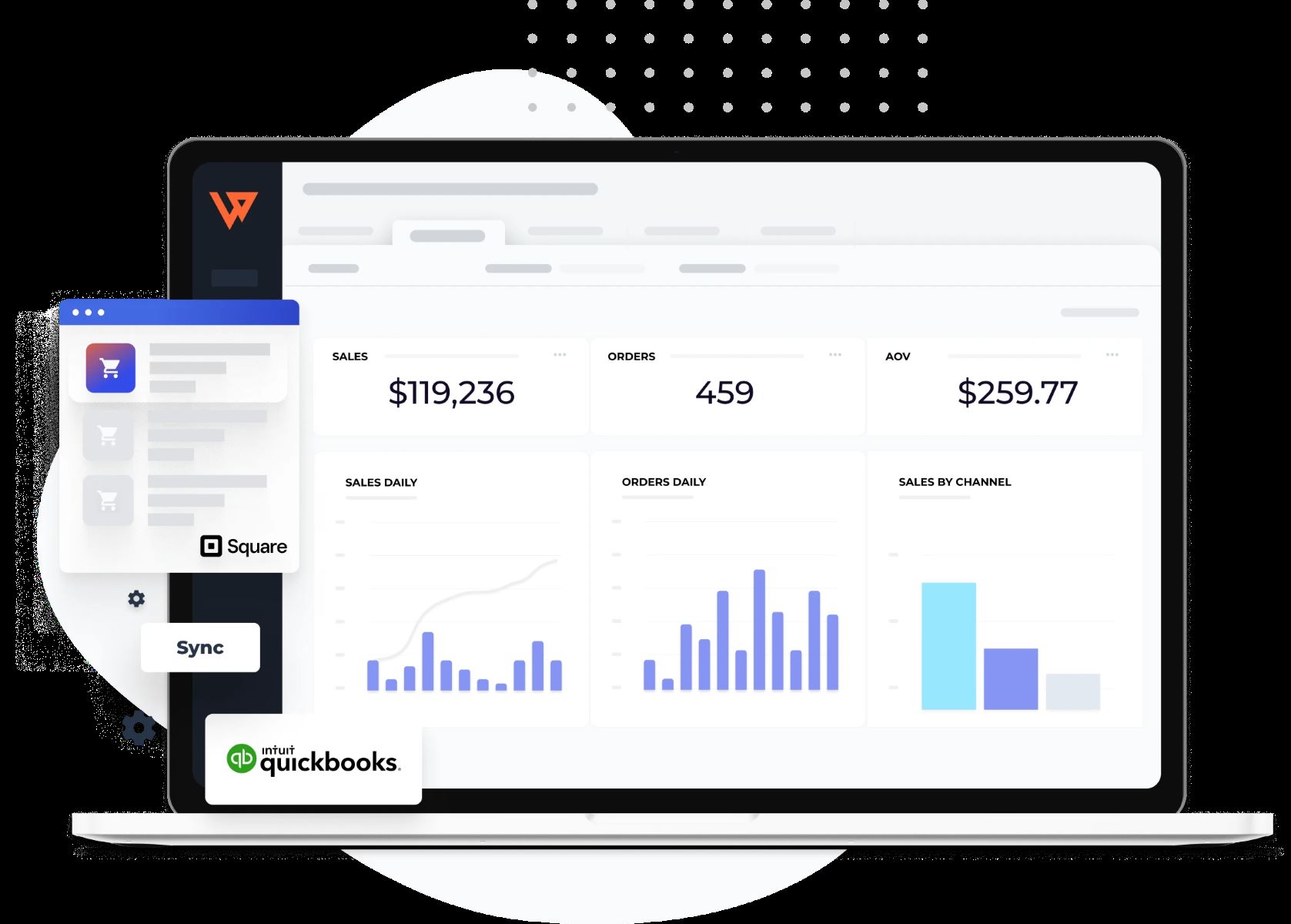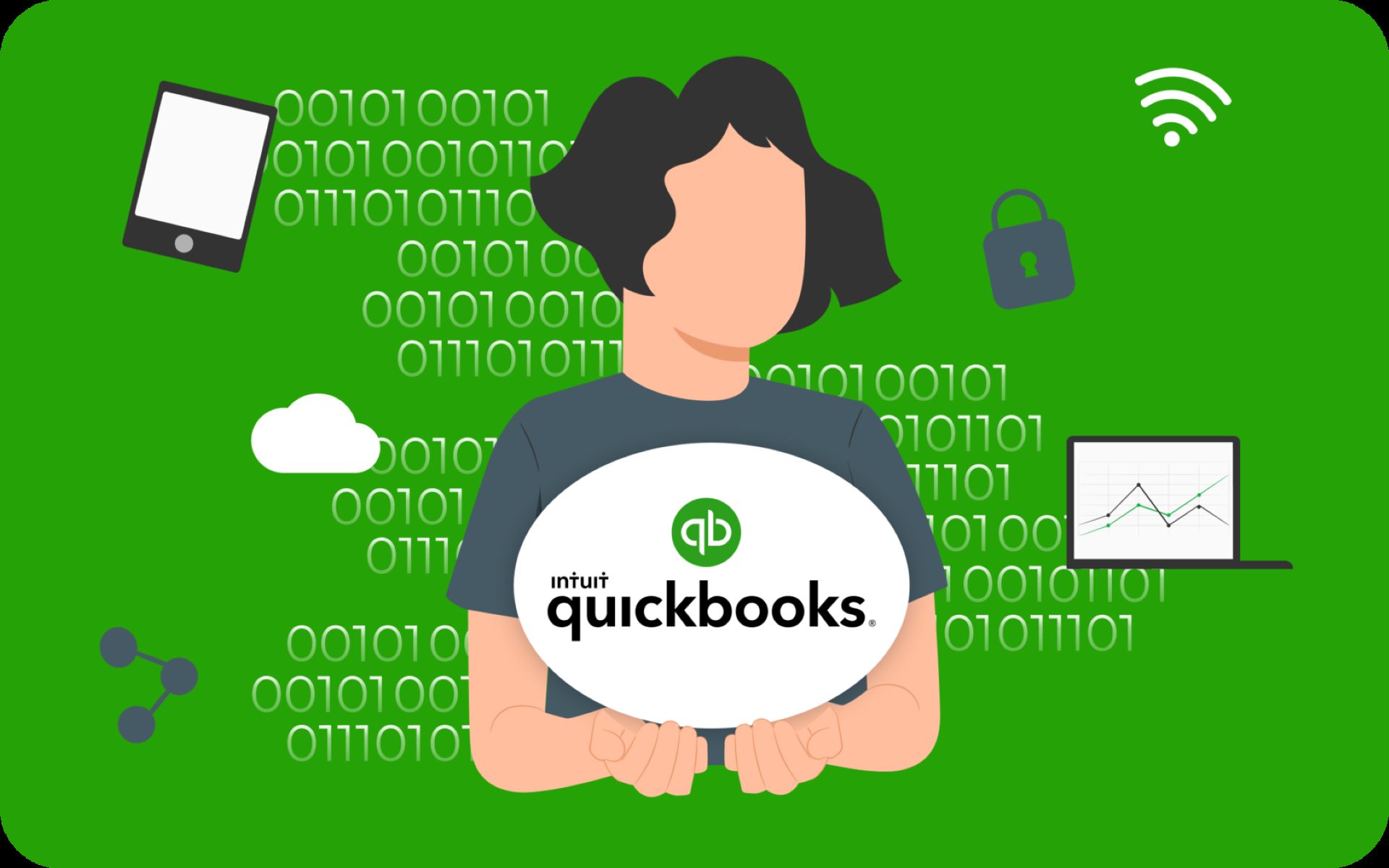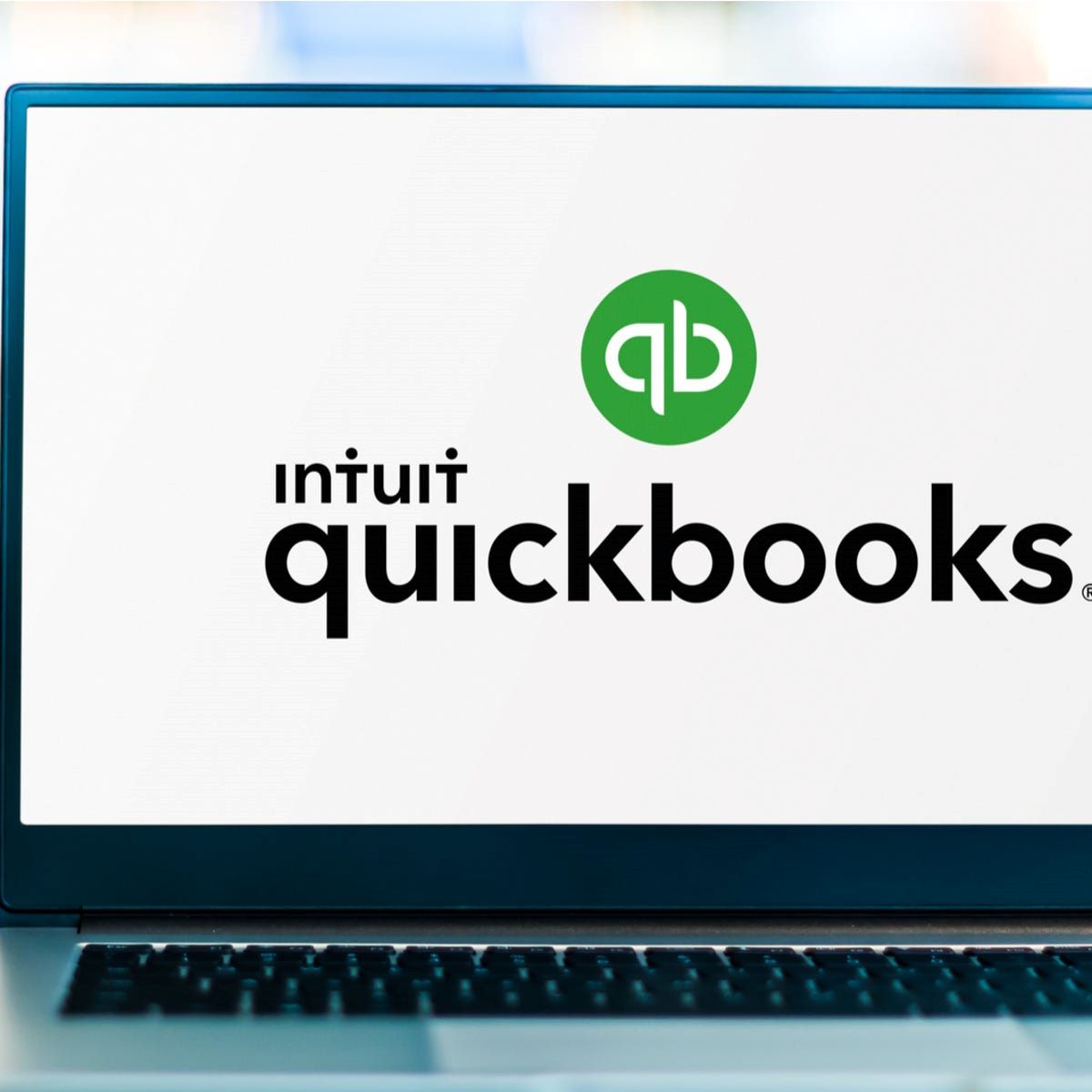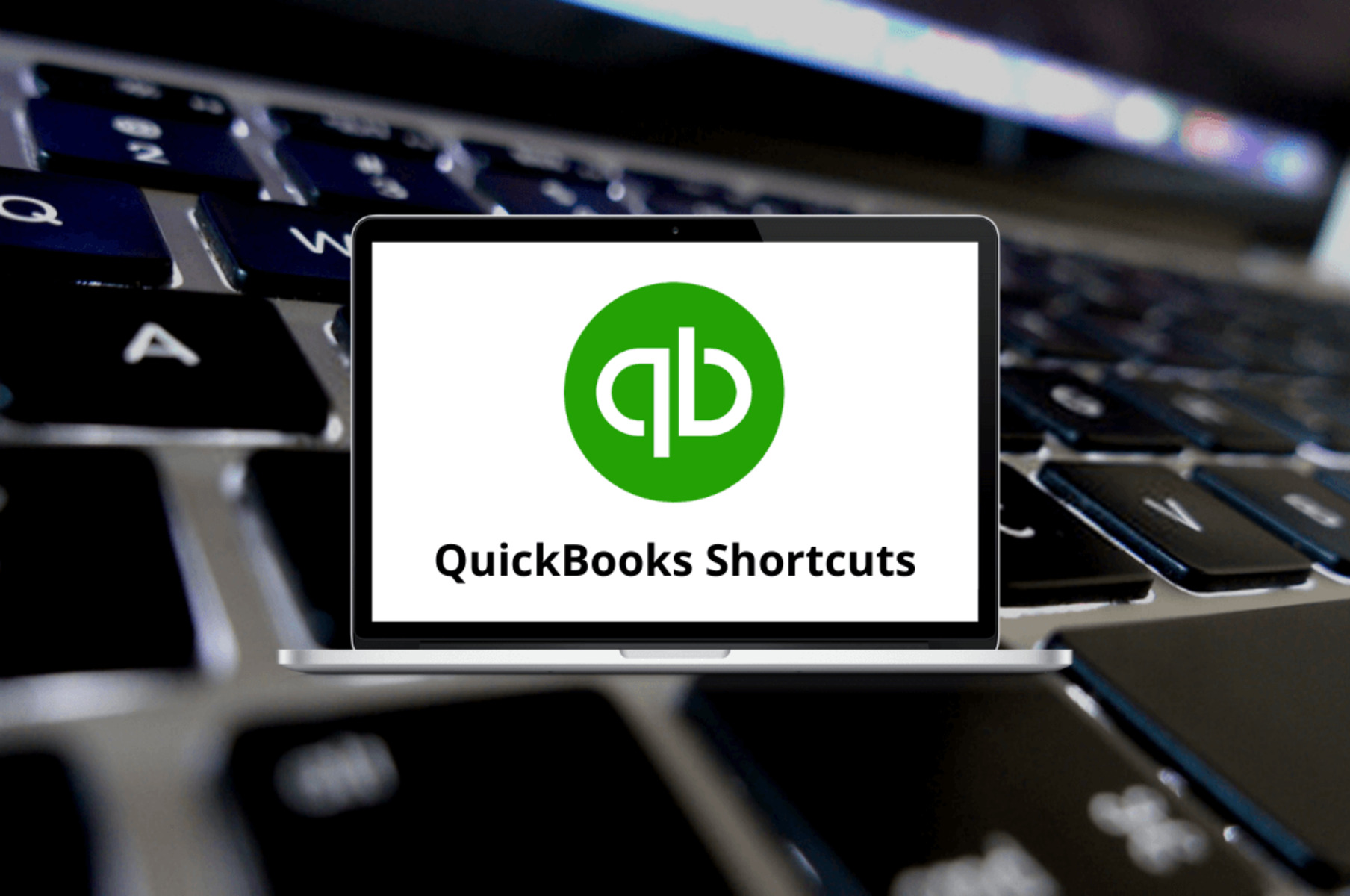Introduction
Welcome to the world of e-commerce! If you are a business owner looking to streamline your financial processes and manage your transactions efficiently, you’re in the right place. Square and QuickBooks, two powerful platforms, can work together seamlessly to help you automate your accounting tasks and simplify your business operations.
Integrating Square with QuickBooks allows you to import your Square transactions directly into QuickBooks, eliminating the need for manual data entry and reducing the risk of errors. With this integration, you can stay on top of your finances, track inventory, and reconcile your accounts more efficiently.
In this step-by-step guide, we will walk you through the process of linking Square to QuickBooks, from signing up for both platforms to syncing your transactions and inventory. By the end of this guide, you’ll be equipped with the knowledge and tools to manage your business finances with ease and accuracy.
Before we dive into the steps, make sure you have an active Square account and a QuickBooks Online subscription. If you don’t have them yet, sign up for Square at [square.com] and QuickBooks Online at [quickbooks.com]. Once you have both accounts ready, let’s move on to the next step to connect the two platforms.
Step 1: Sign up for Square and QuickBooks
Before you can link Square to QuickBooks, you’ll need active accounts for both platforms. Here’s how to sign up:
- Square: Visit the Square website at [square.com] and sign up for an account. Provide the necessary details, including your business information, contact information, and bank account details for payments. Once you’ve completed the signup process, you’ll have access to Square’s powerful tools for accepting payments, managing transactions, and tracking your sales.
- QuickBooks: Head over to [quickbooks.com] and sign up for a QuickBooks Online subscription. QuickBooks offers various plans to choose from, depending on your business needs. Fill in the required information, including your business details, payment preferences, and any additional services you might require. Once you’ve completed the signup process, you’ll be ready to connect QuickBooks with Square for streamlined financial management.
It’s essential to ensure that your accounts are set up correctly and that all the necessary information is accurate. This will ensure a smooth integration process and accurate synchronization of your financial data. Now that you have both accounts set up, let’s move on to the next step, where we’ll guide you through the process of connecting Square to QuickBooks.
Step 2: Connect Square to QuickBooks
Now that you have active accounts for both Square and QuickBooks, it’s time to connect the two platforms. Follow these steps to establish the seamless integration:
- Access QuickBooks App Store: Log in to your QuickBooks Online account and navigate to the QuickBooks App Store. You can find the App Store by clicking on the “Apps” tab in the left-hand menu.
- Search for Square: In the search bar of the QuickBooks App Store, type “Square” and hit enter. This will display the Square app and related integrations.
- Select Square App: Click on the Square app listing to view more details and reviews. Make sure to read through the information and reviews to ensure the app meets your business needs.
- Install Square App: Once you’ve reviewed the app and are ready to proceed, click on the “Get App Now” button. This will start the installation process, and QuickBooks will guide you through the steps to authorize the integration with Square.
- Authorize Integration: Follow the prompts to sign in to your Square account and authorize the integration with QuickBooks. This step will grant QuickBooks access to your Square data for syncing purposes.
- Configure Settings: After authorizing the integration, you’ll be prompted to configure the settings based on your business preferences. You can customize things like how often the data syncs, what types of transactions to sync, and mapping preferences for accounts and tax codes.
- Complete Integration: Once you’ve configured the settings, click the “Done” button, and the integration between Square and QuickBooks is complete. The two platforms can now communicate and sync data seamlessly.
By connecting Square to QuickBooks, you’ve established a link that enables automatic data transfer between the two platforms. This integration will save you time and effort by eliminating the need for manual data entry. Now that Square is connected to QuickBooks, let’s move on to the next step and learn how to import Square transactions into QuickBooks for accurate financial reporting.
Step 3: Import Square transactions into QuickBooks
Now that Square and QuickBooks are connected, it’s time to import your Square transactions into QuickBooks. This process ensures that all your sales and payment data are accurately recorded in your accounting software. Follow these steps to import Square transactions:
- Access Square Dashboard: Log in to your Square account and navigate to the Square Dashboard, where you can manage your transactions.
- Select Transactions: From the Square Dashboard, select the transactions you want to import into QuickBooks. You can choose to import individual transactions or select multiple transactions at once.
- Export Transactions: Once you’ve selected the desired transactions, look for the export option within the Square Dashboard. This option may be located under the “Transactions” or “Sales” section.
- Choose QuickBooks Export: When exporting the transactions, select the QuickBooks export option. Square provides a seamless integration with QuickBooks, making it easy to export data directly into your accounting software.
- Review and Confirm: Before finalizing the export, review the exported transactions to ensure accuracy. Check for any discrepancies or errors before proceeding.
- Import into QuickBooks: Once you’ve reviewed and confirmed the exported transactions, import them into QuickBooks. This process will transfer the selected transactions into your QuickBooks account.
After importing the Square transactions into QuickBooks, you’ll see the data reflected in your financial reports, such as sales receipts, invoices, and payment records. This integration saves you valuable time by eliminating the need for manual data entry and ensures that your financial records are always up to date.
It’s important to note that transactions imported from Square will have detailed information, including customer details, itemized products/services, and payment methods. This level of detail allows for accurate tracking and reporting within QuickBooks.
With the Square transactions successfully imported into QuickBooks, we can now move on to the next step, where we’ll learn how to match Square transactions with existing entries in QuickBooks.
Step 4: Match Square transactions with existing QuickBooks entries
Once you’ve imported your Square transactions into QuickBooks, it’s important to ensure that they are properly matched with existing entries in your accounting software. This step helps maintain accurate records and prevents duplicate entries. Follow these steps to match Square transactions with existing QuickBooks entries:
- Review Imported Transactions: Start by reviewing the imported Square transactions in QuickBooks. Navigate to the sales or payment section of QuickBooks where the transactions are recorded.
- Search for Existing Entries: Look for any existing entries in QuickBooks that match the imported transactions. This includes sales receipts, invoices, or payment records that may have been manually entered or generated through other means.
- Compare Transaction Details: Compare the details of the imported Square transactions with the existing entries in QuickBooks. Check for matching customer names, transaction amounts, dates, and other relevant information.
- Match Transactions: Once you’ve identified a matching entry, you can link the imported Square transaction to the existing entry in QuickBooks. This ensures that the transaction is accurately recorded and prevents duplicates.
- Create New Entries (If Needed): In cases where there is no existing entry that matches the imported Square transaction, you may need to create a new entry manually in QuickBooks. Ensure that all the necessary information is entered accurately to maintain proper records.
- Verify and Save: After matching or creating new entries, review the changes to verify that all transactions are correctly associated with their respective accounts. Once you’re satisfied, save the changes to complete the matching process.
Matching Square transactions with existing QuickBooks entries ensures that your financial records are accurate and up to date in your accounting software. It helps you maintain a clear and organized financial picture of your business, making it easier to generate reports and analyze your sales data.
By completing this step, you’ve successfully matched your Square transactions with existing entries in QuickBooks. In the next step, we’ll explore how to sync your Square inventory with QuickBooks for seamless inventory management.
Step 5: Sync Square inventory with QuickBooks
An important aspect of managing your business efficiently is keeping your inventory in sync across platforms. By syncing your Square inventory with QuickBooks, you can ensure that your stock levels are accurately reflected in your accounting software. Follow these steps to sync your Square inventory with QuickBooks:
- Access Square Dashboard: Log in to your Square account and navigate to the Square Dashboard, where you manage your inventory and products.
- Export Inventory: Within the Square Dashboard, locate the option to export your inventory. This will generate a file containing all your product details, including names, SKUs, quantities, and prices.
- Import into QuickBooks: Log in to your QuickBooks Online account and navigate to the inventory section. Import the exported inventory file from Square into QuickBooks. This process will overwrite any existing inventory data in QuickBooks with the newly imported information.
- Review and Confirm: After importing the Square inventory into QuickBooks, review the data to ensure accuracy. Check that product names, SKUs, quantities, and prices match your expectations.
- Enable Inventory Sync: Once the inventory import is complete, enable the inventory sync feature between Square and QuickBooks. This will establish an ongoing connection that automatically updates your inventory levels in both platforms.
- Monitor and Manage: Going forward, regularly monitor and manage your inventory in Square. Any changes you make, such as adding or updating products, will be synced with QuickBooks, ensuring that your inventory records are always up to date.
Syncing your Square inventory with QuickBooks allows for seamless inventory management. It helps you avoid overselling products, streamline order fulfillment, and accurately track your inventory costs and profitability. By ensuring that both Square and QuickBooks have synchronized inventory data, you can make informed business decisions and maintain accurate financial records.
Now that your Square inventory is synced with QuickBooks, let’s move on to the final step, which involves reconciling Square and QuickBooks regularly for accurate financial reporting.
Step 6: Reconcile Square and QuickBooks regularly
Reconciliation is a crucial process that ensures the accuracy and integrity of your financial records. By reconciling Square and QuickBooks regularly, you can identify and resolve any discrepancies or errors that may arise. Follow these steps to reconcile Square and QuickBooks:
- Choose a Reconciliation Period: Determine the frequency at which you will reconcile Square and QuickBooks. This could be monthly, quarterly, or any other interval that suits your business needs.
- Compare Sales Data: Start the reconciliation process by comparing the sales data between Square and QuickBooks for the selected period. Look for any discrepancies in sales totals or individual transactions.
- Verify Payments: Ensure that the payments recorded in Square match the deposits or income entries in QuickBooks. Cross-reference the payment types, amounts, and dates to identify any inconsistencies.
- Check for Missing Transactions: Look for any missing transactions or sales that may not have been recorded in either Square or QuickBooks. This could include cash sales, returns, or any other transactions that may have been overlooked.
- Resolve Discrepancies: If you identify any discrepancies or missing transactions, take the necessary steps to resolve them. This may involve updating records, adjusting entries, or investigating any potential accounting errors.
- Document Reconciliation: Keep a record of the reconciliation process for future reference. This documentation will help you track any changes made, as well as provide a reference point for future reconciliations.
- Reconcile Inventory: As part of the reconciliation process, it’s also important to reconcile your inventory levels between Square and QuickBooks. Verify that the quantities and values of your products match in both systems.
Regularly reconciling Square and QuickBooks ensures that your financial records are accurate and reliable. It helps you identify any discrepancies, resolve issues promptly, and maintain the integrity of your financial data. By keeping your records in sync, you’ll have clear visibility into your finances and be better equipped to make informed business decisions.
With Step 6 of reconciling Square and QuickBooks completed, you’ve reached the end of our guide. By following these steps, you’ve successfully linked Square to QuickBooks, imported transactions, matched entries, synced inventory, and reconciled your records. Your financial management processes are now streamlined, allowing you to focus on growing your business with confidence.
Conclusion
Congratulations! You have successfully linked Square to QuickBooks and learned how to streamline your business’s financial processes. By integrating these two powerful platforms, you can automate your accounting tasks and manage your transactions more efficiently.
Throughout this guide, we covered six essential steps to help you optimize your Square and QuickBooks integration:
- Signing up for Square and QuickBooks to establish active accounts.
- Connecting Square to QuickBooks through the QuickBooks App Store.
- Importing Square transactions into QuickBooks for accurate financial reporting.
- Matching Square transactions with existing entries in QuickBooks to prevent duplicates.
- Syncing Square inventory with QuickBooks to maintain accurate stock levels.
- Reconciling Square and QuickBooks regularly to ensure the accuracy of your financial records.
By following these steps, you have enhanced your business’s financial management capabilities. You can now track sales, manage inventory, and generate accurate financial reports with ease. This integration saves you time, reduces the risk of errors, and provides you with valuable insights to make informed business decisions.
Remember, as your business grows, it’s important to maintain regular updates and ensure that your Square and QuickBooks data stay in sync. Regular maintenance and reconciliations will help you catch any discrepancies or errors quickly, allowing you to address them promptly.
Continue exploring the features of Square and QuickBooks to take full advantage of their capabilities. Both platforms offer additional tools and functionalities, such as payroll management, expense tracking, and advanced reporting options. Take the time to familiarize yourself with these features to maximize the potential of your integration.
Thank you for following this guide. We hope it has been helpful in integrating Square with QuickBooks. By simplifying your financial processes, you are well on your way to running a more efficient and successful business.

























